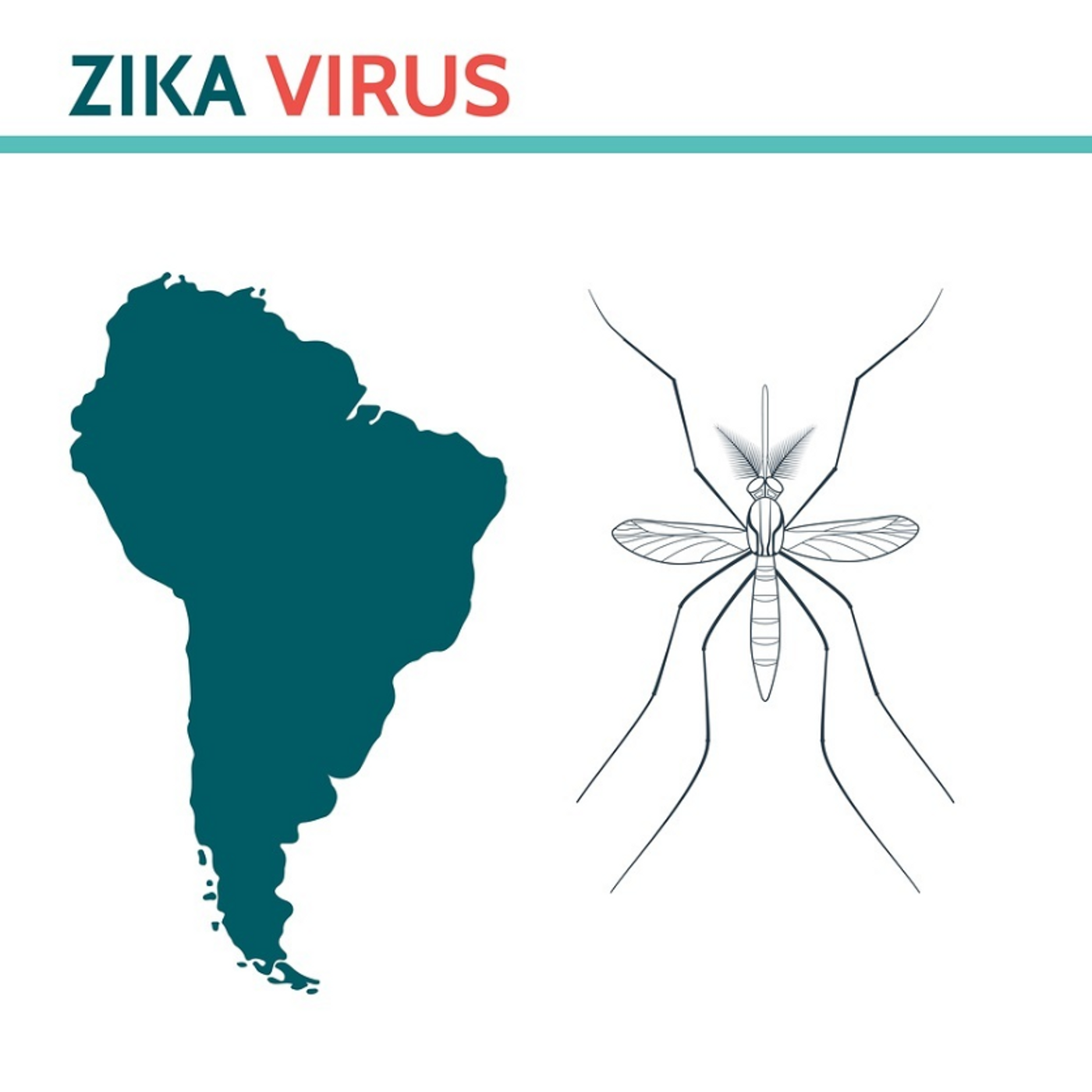High Zika Virus Prevalence in El Salvador and Brazil
Zika virus is a member of the Flavivirus family which also includes the dengue, yellow fever, Japanese encephalitis, and West Nile viruses. It is a mosquito-borne virus that is spread by the day-faring Aedes mosquito.
According to a recent study, the seroprevalence of Zika virus in El Salvador and northeastern Brazil reached 63.3% by 2016. Credit: Health Impact News
Zika virus was first identified in 1947 in monkeys that were being monitored for yellow fever. Zika was not isolated from humans until 1952 in Uganda. The first large outbreak of Zika virus was reported in 2007 by the Island of Yap (Micronesia). In 2016, a Zika virus outbreak in Latin America and the Caribbean was declared a public health emergency and international concern.
There have been several countries in North and South America that have reported suspected Zika infection cases however; laboratory confirmation of Zika virus remains difficult. Confirmation is hindered by the genetic similarity of Zika virus to dengue virus and Chikungunya virus which can cause false positives. In addition, Zika virus does not survive for long periods of time in bodily fluids. Because of these limitations, uncertainty remains regarding the population-level exposure of the virus.
The majority of cases in the recent outbreak are reported from northeastern Brazil for reasons that are unknown. Researchers sought to investigate the prevalence of Zika virus in samples before, after, and during the 2016 Zika virus outbreak in order to reconstruct the spread of Zika virus in neighboring El Salvador.
In this study, samples from 633 individuals from 4 different subpopulations in El Salvador and Brazil were collected between November 2015 and May 2016. The 4 subpopulations included microcephaly and non-microcephaly pregnancies, HIV-infected patients, tuberculosis patients, and university staff. Seroprevalence of Zika virus, dengue virus, and Chikungunya virus was determined using enzyme-linked immunosorbent assays (ELISAs) and plaque reduction neutralization assays.
Researchers observed a rapid increase in Zika virus prevalence in 2016 with seroprevalence levels reaching 63.3%. Seroprevalence rates were similar for dengue virus and higher than Chikungunya virus. Samples collected from microcephaly pregnancies were 94.7% positive for Zika IgG antibodies while samples from non-microcephaly pregnancies were 69.3% positive.
Overall, Zika virus prevalence was highest in areas of low socioeconomic status, specifically in Brazil. In El Salvador, prevalence of Zika virus was highest in tuberculosis patients.
Interestingly, results also suggest that the Zika virus outbreak in Brazil ceased due to community protective immunity and a reduction in the number of susceptible individuals. Scientists hope that this information, along with future epidemiological studies, will help to target specific populations for future Zika virus vaccine trials.









